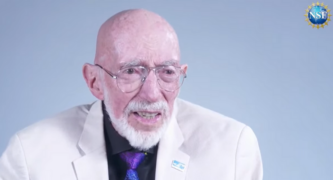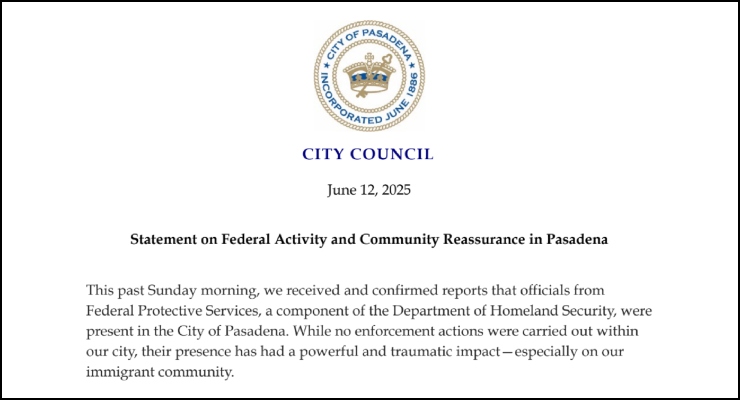Long before he shared the 2017 Nobel Prize in Physics for his work with the Laser Interferometer Gravitational-wave Observatory (LIGO), Kip Thorne (BS ’62) was simply someone who looked to the stars with wonder and awe. As he explains in this video produced by the National Science Foundation, however, there are limits to merely looking.
Thorne, Caltech’s Richard P. Feynman Professor of Theoretical Physics, Emeritus, says the light that travels from the stars to Earth tells us a lot about them and the universe. On the other hand, he says, “there’s ever so much more information about the stars and about the things out in space that comes from other wavelength bands of electromagnetic waves.” And yet, even those additional bands—the X-rays, radio waves, gamma rays, and ultraviolet waves that became mainstays in astronomy during his lifetime—cannot tell the whole story, a fact that inspired Thorne’s work with gravitational waves.
“Gravitational waves—they’re the only other kind of wave that we have for exploring the universe, and the gravitational waves as we understand them are going to bring us very different kinds of information about the universe than you could never see with electromagnetic waves,” he says in the video.
Watch the clip to see Thorne explain what gravitational waves can tell us about the formation of the universe and what happens when black holes collide.














 0 comments
0 comments


